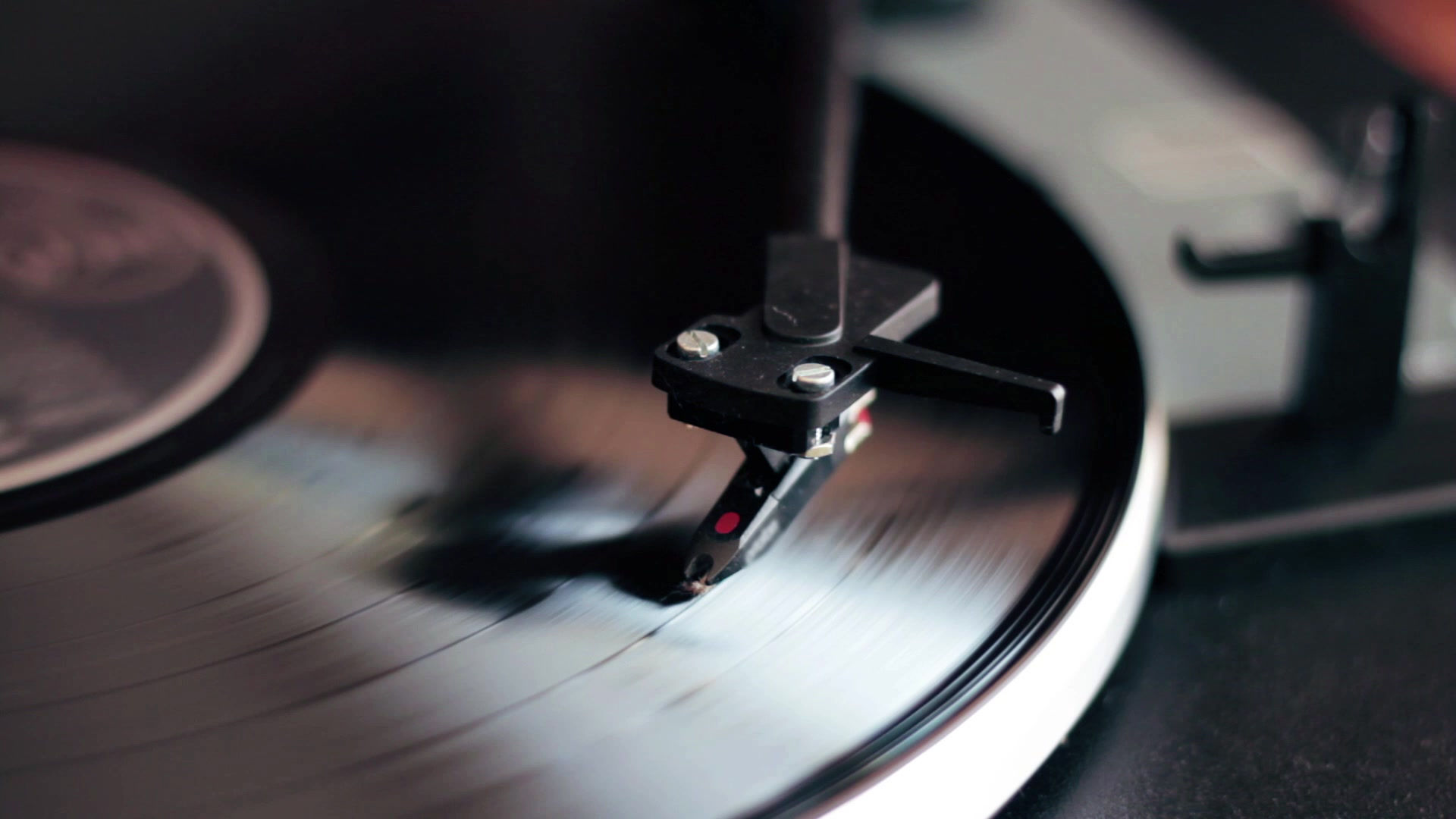Graffiti, a dynamic and expressive form of street art, has transcended its roots as an act of rebellion to become a globally recognized and respected art form. This comprehensive exploration delves into the rich and multifaceted history of graffiti, from its humble beginnings as an underground movement to its current status as a legitimate and influential component of contemporary art.
Chapter 1: Birth of a Subculture (Late 1960s - Early 1970s):
Graffiti's origins can be traced back to the streets of Philadelphia and New York City in the late 1960s. Emerging from the hip-hop culture of the Bronx, graffiti served as a form of self-expression for disenfranchised youth. Taki 183, a Greek-American teenager, is often credited as one of the first prolific graffiti writers, marking his name on subway trains and inspiring a wave of imitators.
Chapter 2: The Subway Canvases (1970s):
The New York City subway system became an unexpected yet influential canvas for graffiti artists during the 1970s. Subway cars transformed into moving art galleries, adorned with vibrant colors and intricate lettering. Pioneering graffiti writers such as Phase 2, Dondi, and Lee Quinones transformed the urban landscape and established the visual language of graffiti.
Chapter 3: The Birth of Styles (Late 1970s - Early 1980s):
The 1970s marked the evolution of graffiti styles. Wildstyle, a complex and interlocking form of graffiti, emerged as artists sought to distinguish themselves and push the boundaries of their craft. Artists like Futura 2000 and Lady Pink contributed to the diversification of styles, expanding the vocabulary of graffiti art.
Chapter 4: Graffiti as a Global Phenomenon (1980s - 1990s):
As hip-hop culture spread globally, so did graffiti. From London to Paris, artists embraced this rebellious form of expression. Renowned artists like Banksy rose to prominence, using stencils to convey powerful messages. The art world began to take notice, with galleries showcasing graffiti works and artists transcending their roles as vandals to become influential figures in contemporary art.
Chapter 5: Legal Walls and Muralism (1990s - 2000s):
The shift from illegal graffiti to commissioned murals marked a significant turning point. Cities worldwide began designating legal walls, providing a space for artists to create without fear of legal repercussions. Graffiti evolved into muralism, with artists like Shepard Fairey and Os Gemeos merging street art with social and political commentary.
Chapter 6: Graffiti in the Digital Age (2000s - Present):
The advent of the internet and social media platforms catapulted graffiti into the digital realm. Artists could now share their work globally, reaching audiences far beyond the streets where they painted. Instagram, in particular, became a virtual gallery for graffiti artists, fostering communities and inspiring a new generation of creators.
Chapter 7: Graffiti as Activism and Social Commentary:
Graffiti has often served as a powerful tool for social and political activism. Artists use their work to address issues such as inequality, racism, and environmental concerns. Banksy's anonymity and politically charged stencils, for example, have made him a global symbol of artistic resistance.
Chapter 8: Challenges and Recognition:
Despite its widespread popularity, graffiti continues to face challenges. Legal battles, societal stigma, and debates over ownership persist. However, institutions like the Museum of Graffiti in Miami and events like Art Basel have contributed to the growing recognition of graffiti as a legitimate art form.
Conclusion:
Graffiti's journey from subversive street art to a globally embraced form of expression reflects its enduring power to captivate, challenge, and inspire. From its clandestine origins on subway cars to the legal walls and digital canvases of today, graffiti has transcended its rebellious roots to become a respected and influential force in the contemporary art world. As we navigate the evolving landscapes of urban creativity, the story of graffiti remains an ever-unfolding narrative of artistic resilience and cultural transformation.





Comentarios